AUTHOR: Steven Mancini
As I approached the 2.6 million-square-foot San Diego Conference Center, my excitement, curiosity and sympathetic nervous system activity increased with every step. Neuroscience 2016 was my first Society for Neuroscience Annual Meeting. Though I heard several anecdotes and obtained vivid descriptions of conference proceedings from my lab team, I was completely taken aback as I experienced the spectacle for myself.
Neuroscience 2016’s diversity, grandeur and sheer magnitude were memorizing. Last year, the conference brought together more than 30,000 attendees from over 80 countries to collaborate, exchange ideas and discuss emerging science, technology and innovations in the field of neuroscience.
After controlling my initial bewilderment and gaining an appreciation for the vast breadth of learning opportunities the conference had to offer, I found myself asking, “Where do I start and how do I go about navigating this plethora of events?”
In an effort to help others address this daunting question, I have put together a list of useful tips and bits of information and advice I have learned along the way. I think you will find the following information useful whether you are a first-time attendee, a more experienced SfN-goer, or even just a person interested in attending the annual neuroscience conference in the future.
Tip #1: Download The SFN Conference Neurosci17 Mobile App
This mobile app can be downloaded on Apple and Android devices. It contains everything you need to schedule, plan and organize the lectures, symposia, poster sessions, exhibitor booths and other conference events that you want to attend. To briefly summarize, you can build a customized itinerary and search specific events by inputting keywords into the spotlight search or by using the browsing options listed on the app’s homepage. If you do download the app, I highly recommend watching the 8 minute tutorial that explains how to use the app and taking some time to explore the application’s features.
How to Use the Annual Meeting Mobile App Link:
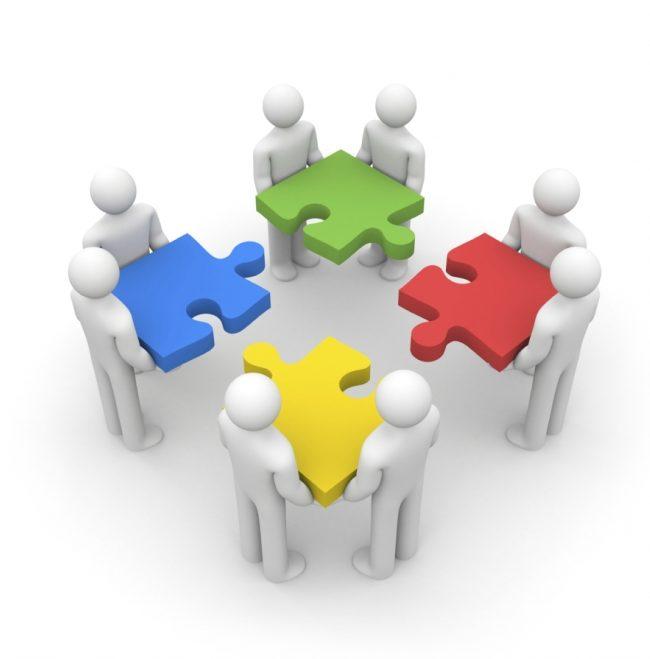
Tip #2: Cultivate Relationships & Network
There are several SfN-sponsored, theme-specific socials and professional development workshops aimed at connecting peers with one another. If I can offer one piece of advice to my fellow graduate students, it would be to network and connect with experts in the field and ask questions. Though sometimes intimidating, you have a rare opportunity to learn from, and exchange ideas with, some of the best minds the field of neuroscience has to offer. You may also wish to ask for email addresses, opening the door to ongoing communication.
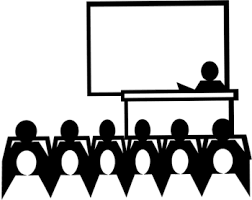
Tip #3: Attend the Presidential Lectures
The Presidential Lecture Series is curated by the SfN president and is based on his/her individual area of interest. It will take place each night at 5:15 pm from Nov. 11th -14th. This year’s lecture-set spans a broad range of topics including super-resolution imaging methods, insights from non-human animals into the evolution of language, the gut microbiota and childhood malnutrition, and the use of experimental approaches to study polygenetic psychiatric disorders.
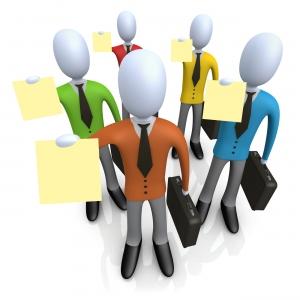
Tip #4: Visit the Exhibitors
If you are interested in learning about the latest products vendors have developed, be sure to walk through the exhibit hall. Nearly 800 exhibits have been sold, which means there is an excellent chance that one of the representatives attending the conference will have an answer to your lab’s specific technological and methodological questions. Visiting the exhibitors will also provide you with an opportunity to collect neuroscience swag.
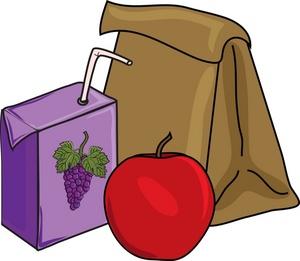
Tip #5: Bring Comfortable Shoes & Snacks
Prepare yourself for a substantial amount of walking. Conference sessions and events will be dispersed throughout the 2.3 million-square-foot convention center. Also, food stands are scarce and can be difficult to locate, therefore it is a good idea bring your own lunch, drinks and/or snacks.
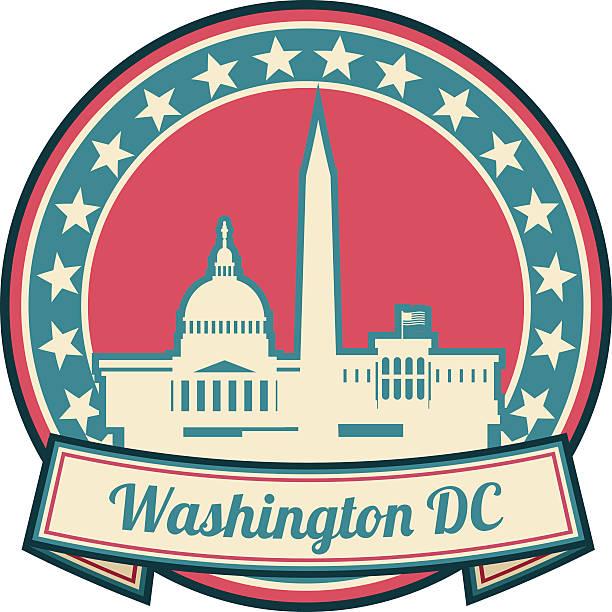
Tip #6: Explore The City - Discover Washington
Though I have never been to Washington, I took the liberty of researching the schedules of the active Washington sports franchises. If you are a Capitals or Wizards fan, the evenings have much to offer. At least one Washington home game is taking place between Nov. 9th and 13th. If sports do not peak your interest, please refer to the ‘At the Meeting’ tab on the Neuroscience 2017 webpage and browse the additional resources for events in the city.
.jpg)
Tip #7: Come Out & Support Your MiNDS Friends!
The MiNDS program will be well represented at Neuroscience 2017. Below is a list of several MiNDS faculty and students who are presenting their research at the conference. Additional information can be found by searching for the respective author in the ‘Author Index’ search option of the NeuroSci 2017 App.
Justin Balsor